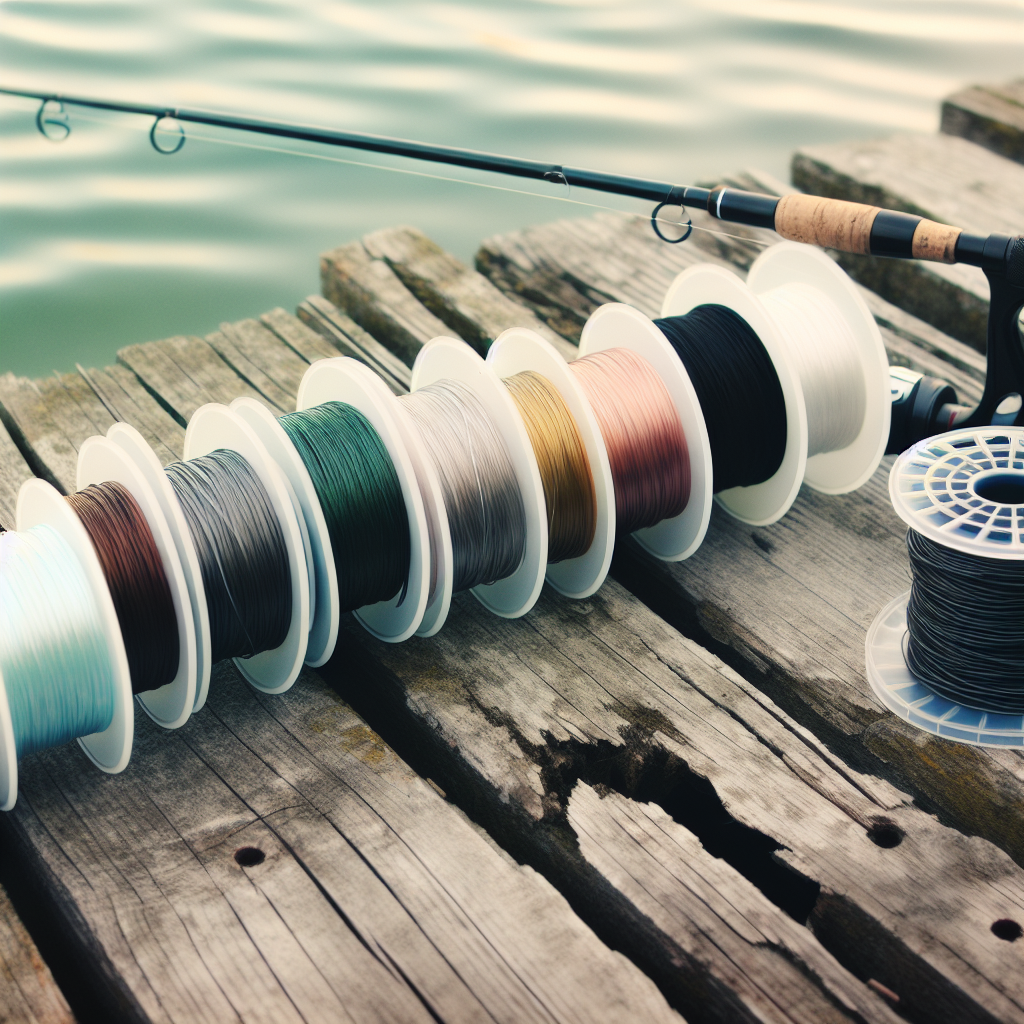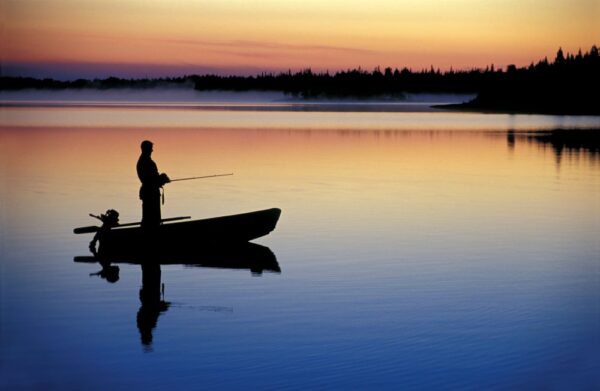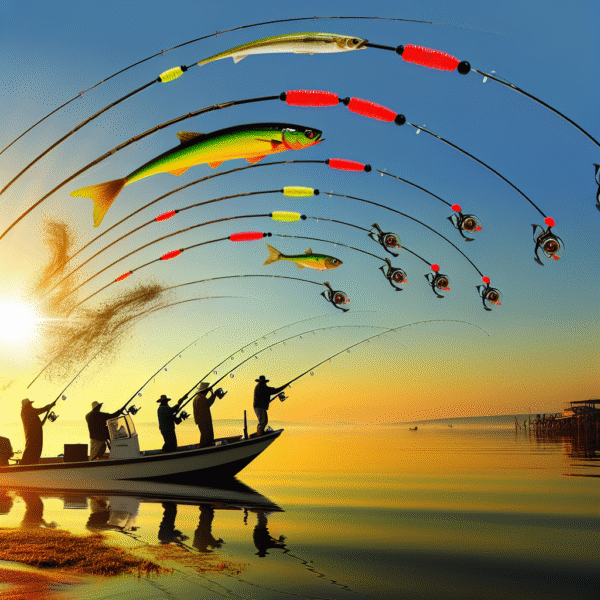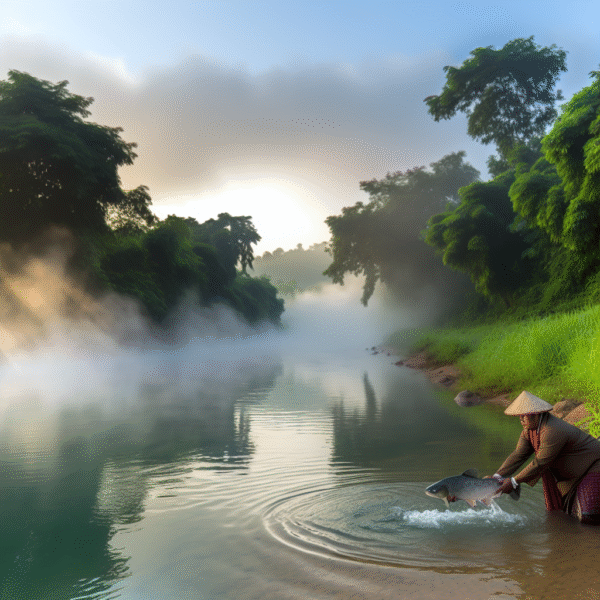Understanding Fishing Line Types: A Traveler’s Guide to Tackle and Technique
Fishing Line Types play a crucial role in every angler’s adventure, whether you’re casting from a dock in Nova Scotia or battling big game in Kona, Hawaii. Knowing which line to use can boost your catch rate and ensure a more enjoyable experience. From families introducing kids to their first panfish to seasoned travelers navigating exotic waters, understanding the different Fishing Line Types is key to fishing success around the globe.
Selecting the right line may seem intimidating, especially in unfamiliar territory. But don’t worry—we’re breaking down the basics to help you match your line to your destination, technique, and target species. With this guide, you’ll fish smarter, travel lighter, and connect with local waters through informed choices.
Monofilament Line: The Timeless Traveler’s Companion
Monofilament—or “mono”—is one of the most widely used Fishing Line Types. Made from a single nylon strand, it’s popular for its affordability, flexibility, and global availability. Because of its slight stretch, it’s forgiving and perfect for beginners.
Traveling to Minnesota’s Itasca State Park with kids? Mono is ideal for easy casting and simple knots. Solo backpackers chasing trout in Romania’s Carpathian Mountains appreciate its compactness and minimal weight. Luckily, most tackle shops from Slovenia to New Zealand offer reels pre-spooled with this go-to line.
Pro Tip: Since monofilament floats, it’s excellent for topwater lures. Local anglers at Oregon’s Diamond Lake often use 6–8 lb mono when trolling for rainbow trout near weed beds at sunrise. It’s easy to use, dependable, and surprisingly effective.
Braided Line: Strength and Sensitivity Across Continents
Braided line is another essential option among Fishing Line Types, favored by experienced anglers for its strength and sensitivity. Constructed from woven fibers like Spectra or Dyneema, braid boasts a powerful strength-to-diameter ratio and almost no stretch.
Planning to fish Costa Rica’s Osa Peninsula for roosterfish or snook? Local guides recommend 30–50 lb braid to withstand rocky surf breaks. Off Australia’s Broome coast, braided line is ideal for catching giant trevally around coral reefs—where monofilament would fail.
Keep in mind that braid can fray against sharp objects and isn’t as invisible as other lines. That’s why smart anglers pair it with a fluorocarbon leader, especially when targeting cautious fish in pristine waters like Tanzania’s Lake Tanganyika.
Local Insight: In Florida’s Everglades, guides routinely spool 20 lb braid on spinning reels to target redfish. The line’s sensitivity helps detect subtle bites under lily pads—making it perfect for seasoned solo kayakers.
Fluorocarbon Line: Stealth and Precision in Clear Waters
Among the most specialized Fishing Line Types is fluorocarbon. It’s nearly invisible underwater and sinks faster than monofilament, making it ideal for lure presentations targeting cautious fish. This line is a go-to for anglers fishing ultra-clear streams and lakes.
In Switzerland’s alpine streams, anglers rely on fluorocarbon leaders for brown trout that scrutinize every lure. On Japan’s Lake Ashi, this invisible line tempts elusive rainbow trout in clear, deep waters. Its density also lets it hug the bottom, perfect for jigging finesse baits.
Although more expensive and stiffer than mono, fluorocarbon often makes the difference when fish are spooked. Even family travelers at Lake Winnipesaukee in New Hampshire can benefit by adding a 4-foot fluorocarbon leader to a mono setup when jigging perch or bass.
Gear Tip: Always moisten your knot before tightening fluorocarbon. It prevents line stress and breakage—a trick taught by Canadian guides on remote Lake Nipigon.
Copolymer and Hybrid Lines: Versatility for the Global Angler
Copolymer and hybrid lines combine the best aspects of mono and fluorocarbon. These modern Fishing Line Types offer lower stretch, thinner diameters, better strength, and enhanced invisibility—ideal for travelers seeking one line to do it all.
On Scotland’s River Tweed, a 10 lb copolymer line works well for solo anglers chasing salmon. It offers better bite detection and cuts water cleanly. For more mobile adventurers, hybrid lines like Berkley Trilene XL or P-Line Floroclear provide high performance across a variety of conditions.
Walking New Zealand’s Routeburn Track or angling remote rivers in Fiordland? Hybrid lines bring the strength and low visibility travelers need—without the hassle of packing multiple spools.
Traveler’s Tip: Hybrid lines come in varied colors and coatings. In stained waters like Louisiana’s bayous, these subtleties matter. Using a subtle green or smoke-tinted hybrid line may help you connect where others come up empty.
Specialty Fishing Line Types for Extreme Adventures
For those chasing trophy fish or venturing into unique environments, specialized Fishing Line Types like wire and lead-core are a must. Steel wire line resists bites from sharp-toothed species like pike, bluefish, and muskie.
On Manitoba’s Lake of the Woods during pike season, anglers swear by wire leaders—even when using braid as the mainline. Biting through is a common issue, and wire eliminates the risk.
Lead-core lines, with their weighted core, help reach deep-dwelling fish without downriggers. Perfect for trolling at depth in places like Colorado’s Blue Mesa Reservoir, these lines let you hit the strike zone with minimal gear—great for RV travelers or car campers.
Fly fishing? Specialty fly lines like sinking-tip or weight-forward models can transform your trip. In Patagonia’s Rio Manso, guides match fly line tapers to insect hatches, teaching visitors to adapt line selection as precisely as fly patterns.
Insider Note: In Mongolia’s Upper Eg River, guides hand-splice braided-core fly lines for chasing massive taimen. Learning such techniques can elevate your entire approach to destination angling.
Selecting the Right Fishing Line Types for Your Global Journey
Whether you’re casting in volcanic Azorean waters or surrounded by Borneo’s jungle rivers, choosing the right Fishing Line Types enhances your experience and helps you fish like a local. It’s not just about gear—it’s about connection, confidence, and success.
Families will benefit from the simplicity and affordability of monofilament. Solo travelers can explore versatility with hybrid or fluorocarbon lines. Adventurous anglers targeting big game will appreciate the strength of braid and specialty lines in extreme conditions.
Before your trip, visit a local tackle shop and talk to seasoned anglers. You’ll pick up local tips that don’t appear on maps—or in guidebooks. The right line can redefine your results.
So pack wisely, cast boldly, and let the Fishing Line Types you choose reflect the spirit of your travels. Tight lines!






